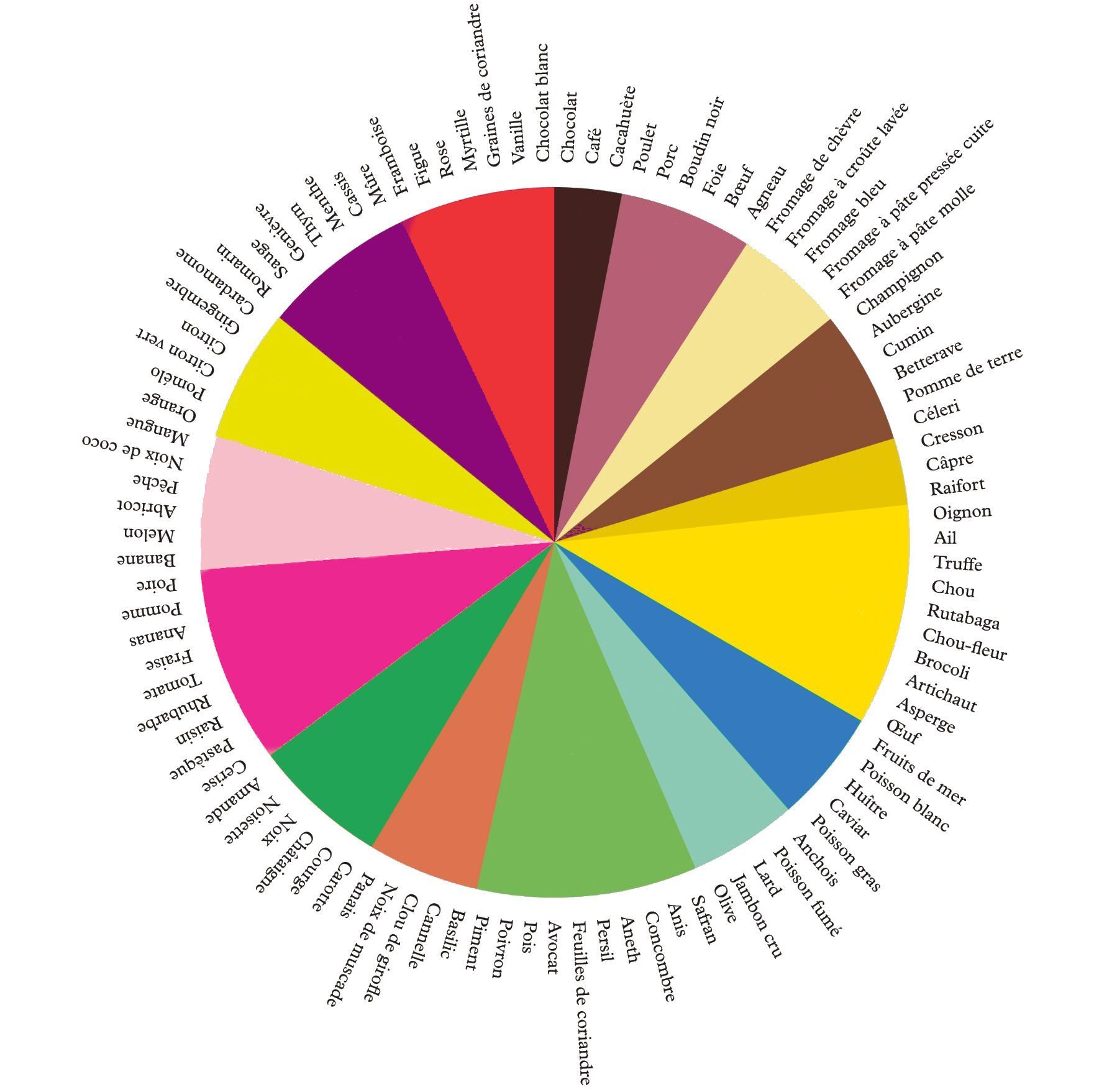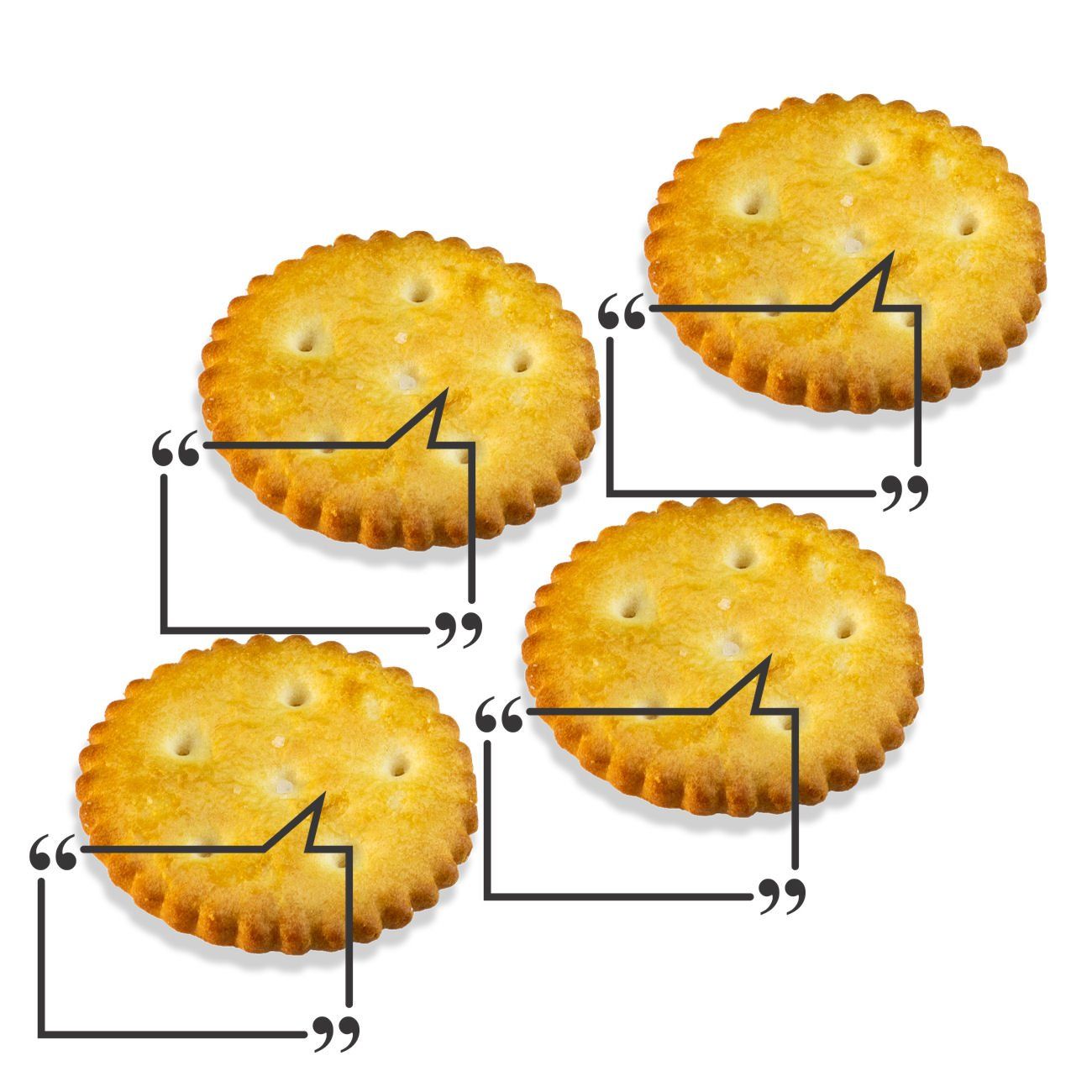Sensory Analysis Questions
Questionnaires
- Why avoid descriptors with positive or negative connotations?
Descriptors affected by quality traits can lead to a significant bias with a risk of over-evaluation or under-evaluation of these traits in order to favor the rating of a product. One can think, for example, that internally, a manufacturing manager, a formulator or even a product manager, who would participate in the evaluation, would have an interest in noting these descriptors in a way that is favorable to him, independently of the sensory characteristics, actually perceived.
- Can the same questionnaire be used for all products?
A questionnaire may be completely appropriate for one family of products, and completely inappropriate or only incomplete for another family. This may be true even within fairly similar products. We understand, for example, that the descriptors used to describe the color of a wine or its olfactory notes will most likely be different between a red wine and a rosé wine within the same appellation.
- How many descriptors to describe food products?
A food product, apart from perhaps waters, are often very complex products in visual, olfactory and taste terms, without taking into account questions of texture and aftertaste; it therefore seems pointless or remains very incomplete to be able to describe products well, because of this complexity with only 5 to 6 descriptors. This is why it seems reasonable to start with a range of 10 to 20 descriptors depending on the type of product.
- Which scales should be used to describe products?
Too narrow scales, for example in 5 points (1 to 5) or 6 points (0 to 5) can induce a lot of biases, the most important are called limit biases because people who have already put a value weak or strong, will then not be able to distinguish other products by a weaker or stronger notation by this number of modalities or too restricted intensity gradients. Also, the panelists may tend to group their rating on the single point representing the middle of the scale.
- Is it necessary to ask for free comments?
Yes, free comments in a questionnaire represent another more open way of answering than the closed questions defined by the descriptors. This way makes it possible to complete the product information which could not have been expressed by the descriptors, to specify points addressed by the descriptors, to name a defect on a sample which could move the whole rating, and above all to let the judge express himself so as not to leave him feeling frustrated by not taking into account his own complementary personal assessment of the questionnaire.
- How many products are needed to be able to make links between consumer tests and sensory analysis?
The studies making it possible to link the results of appreciation resulting from consumer tests and the results of description in sensory analysis are based on the statistical comparison of data structures, by considering often rather complex models.
- Can we use the Flash© profile technique with less than 5 products?
The purpose of the Flash© profile technique is to discriminate between products using the individual vocabularies of the panelists questioned, but we can see that similarly to the statistical comparison of data structure between consumer tests and sensory analysis to arrive at a model, the model in Flash© profile is based on the reconciliation of data structure between each judge on the basis of the products to arrive at a common discrimination model between the judges. This also presupposes in a similar way a sufficient number of products, greater than 5 in simultaneous presentation, to obtain a certain reliability in the construction of the results.














